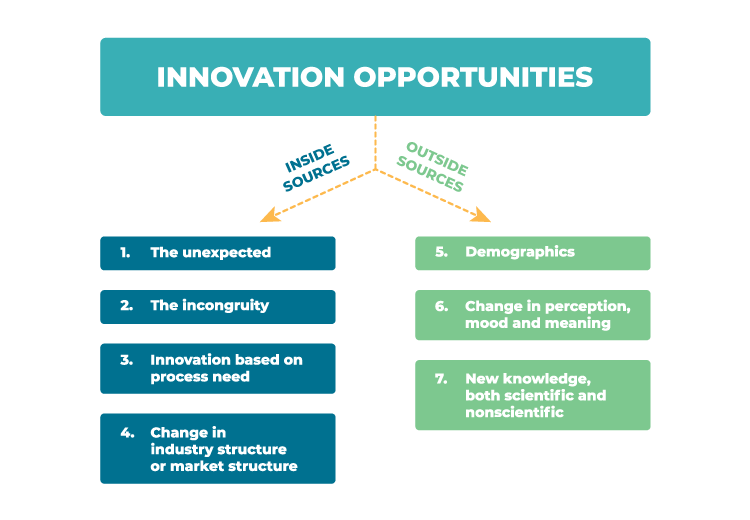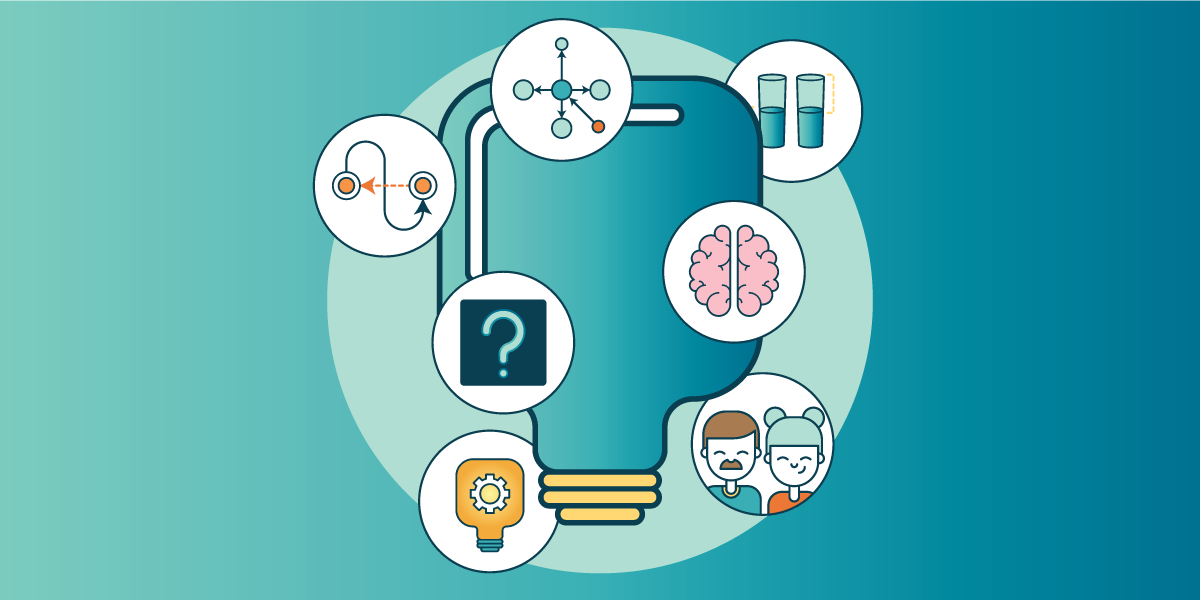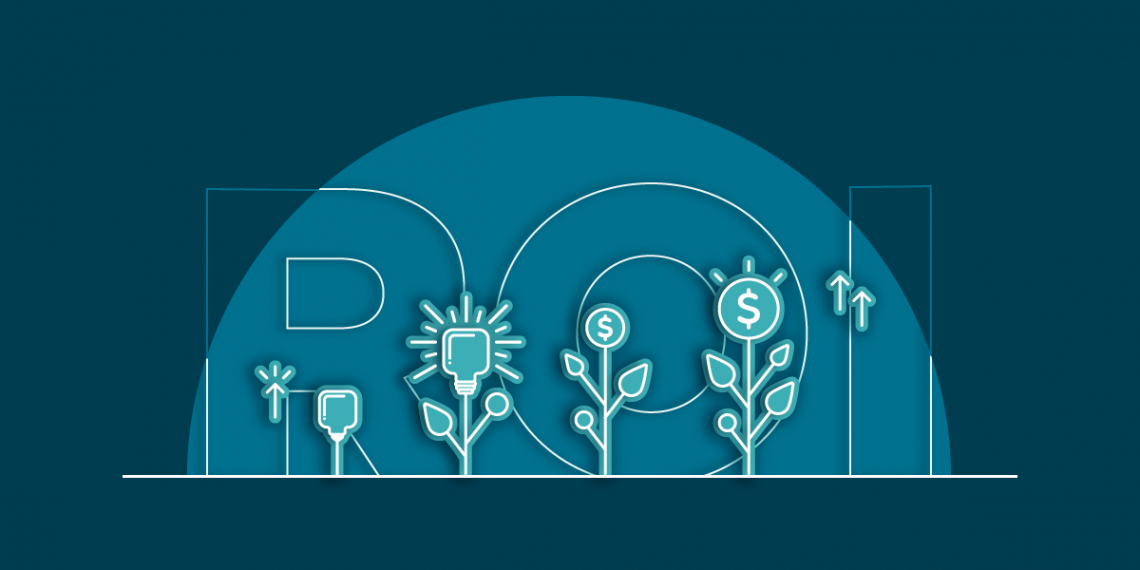To gain a deeper understanding of innovation, we must understand where innovative ideas come from. Peter F. Drucker, known as the father of modern management, suggested that purposeful, systematic innovation begins with the analysis of the opportunities and classifies "Seven Sources of Innovative Opportunity".
The first four sources of innovative ideas are described as the "symptoms" that happen within the business or industry. They are considered to be reliable indicators of changes that have already taken place or which can occur with little effort. The second set of sources for innovative opportunity are classified as the ones involving changes outside the business or industry.

P. Drucker deeply believes that systematic innovation is the necessity and that it can be inspired by the following seven sources of innovative opportunities:

1. THE UNEXPECTED
The ever-changing business world is full of surprises. Yet, not only the unexpected failures but also the unexpected success, or even events that occur in the organization can trigger innovative ideas and become the creative sources of innovation. Unexpected situations can have a very powerful influence and can inspire an organization to gain another, new, perspective on the situation.
Does your organization have some success/failure that needs to be further explored?

2. THE INCONGRUITY
When our reality doesn’t meet our expectations we can discover new insights and gain new perspectives. Incongruity is a dissonance between what is and what it is supposed to be. It can be a great source of innovative ideas as it compares what is and what everybody else assumes it to be. Of all incongruities, the dissonance between perceived and actual customers’ expectations is maybe the most common one.
Do you use your customers’ feedback to determine incongruity and create the opportunity for innovation?

3. INNOVATION BASED ON PROCESS NEEDS
The weak spots in your organization workflows, processes and systems provide practical opportunities for innovation. Innovation based on process needs is a task-focused rather than situation-focused. It improves the process that already exists, redesigns existing, old processes and reinforces the weak links.
Have you spotted some inefficiencies in your processes?

4. CHANGES IN INDUSTRY STRUCTURE OR MARKET STRUCTURE
As the business landscape evolves, every organization has to adapt. Changes in industry shake-up businesses, yet they can inspire people to explore and create new ideas as well. Generally, industry or market structure is ever-changing and it can create great opportunities for innovation in order for organizations to adapt and adjust quickly.
Do you track market changes and treat them as opportunities?

5. DEMOGRAPHICS
Changes in demographics are defined as changes in population, size, age structure, employment, educational status and income. They are the most reliable indicators of future trends and offer diverse opportunities for innovation. Each new generation demands new and unique products and services. These changes affect the market as they determine the need for products, the target population who are buying those products, as well as the number of products being distributed.
Have you explored what can Millennials bring to your innovation process?

6. CHANGES IN PERCEPTION, MOOD AND MEANING
With the growth of technology, there are significant changes in the way people perceive the world. People change their perception about a certain product, brand or even industry. This is basically the question "Is the glass half full or half empty?". Changes in perception are based on the mood rather than on the facts. Changing your perception from "half empty" to "half full" opens up incredible innovation opportunities.
Do you follow changes in perception among today’s consumers to improve your products and services?

7. NEW KNOWLEDGE, BOTH SCIENTIFIC AND NONSCIENTIFIC
Every year new ideas are discovered and developed and a lot is added to the existing knowledge base. Knowledge has always been a source of innovation yet knowledge-based innovation has long lead time and convergence of knowledge. Technological and scientific breakthrough are the source of innovation that can’t be neglected. New knowledge can be applied in every aspect of the organization, starting from learning more about emerging trends, customer expectations, knowing how to use new technology, to improving customer service and supply chain.
Are you applying new knowledge to generate new ideas?
We hope that these sources of innovation opportunities can help you find new inspiration when you feel like you lacking new ideas and different perspectives. If you have doubts regarding the direction your business is heading to, suggested questions can help you get back on the right track.
"This is a new era of opportunity, but only for those who are willing to accept change as an opportunity, not for those who are afraid of it".
Peter Drucker






